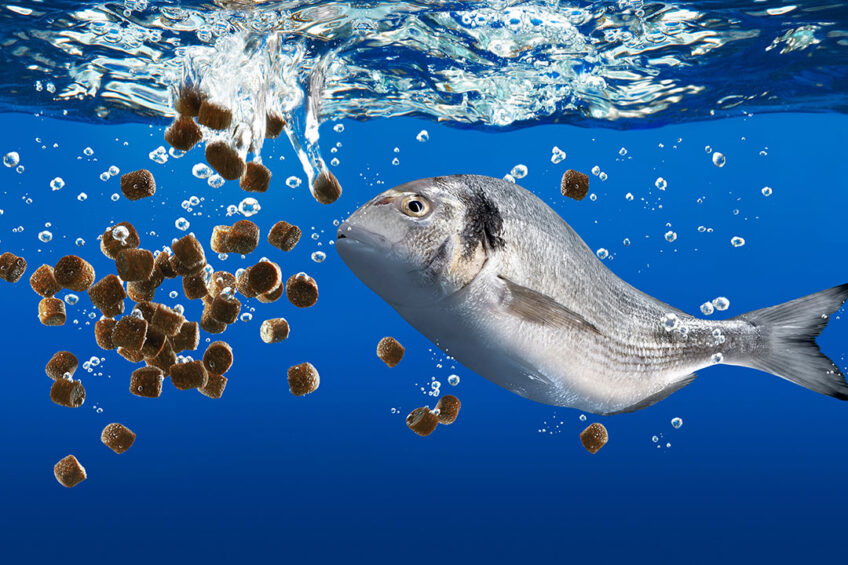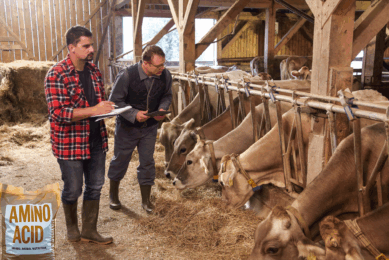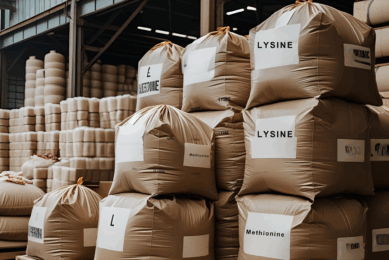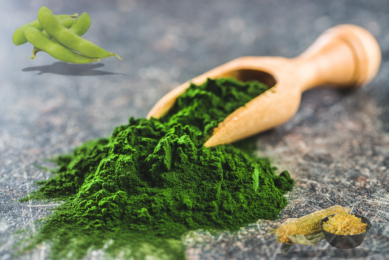Nutritional strategies to diminish aquafeed wastes

Aquaculture makes a significant contribution to meet the nutritional demands of a growing world population. However, waste derived from intensive aquaculture production systems cause environmental challenge and ecological footprint. This article discusses major aquafeed dietary composition and strategies to minimise the environmental impacts of aquaculture including proper diet formulation, appropriate choice of ingredients, feed processing, using phytase enzyme, and reduction of antinutritional factors.
Aquafeed composition including nitrogenous and phosphorus compounds determine the quality of aquafeed waste which impacts water quality and pH, algal turbidity, biological oxygen demand, and fish mortality rate. Therefore, it is required to setup nutritional strategies to promote aquaculture sustainability and reduce negative environmental impacts of aquafeed waste.
Major aquafeed dietary composition
Aquafeed wastes are divided into:
Solid wastes – derived from uneaten feed and droppings of cultured fish and dead fish carcasses
Dissolved wastes – that are products of feed metabolism in fish or decomposed uneaten feed. Dissolved waste mainly comprises of nitrogen and phosphorus as the major components of proteins in aquafeed.
Fish utilise proteins and generate a large amount of nitrogenous metabolite that is essential for algae growth. Although, high nitrogen concentration causes a dense growth of plant life and death of aquatic life from lack of oxygen. Phosphorus is involved in all energy-producing cellular reactions and is required for carbohydrate, lipid, and amino acid metabolism. However, due to low phosphate level in natural waters, aquafeed needs to provide the adequate concentration of phosphate for fish. Dietary phosphorous excretion is about 68-86%, which is the main cause of plant growth, impaired water quality downstream, and oxygen reduction in the body of water.
What nutritional strategies to apply?
Proper diet formulation provides well-balanced ingredients to support maintenance, growth, reproduction, and health.
Diet formulation
One of the key factors determining fish feed quality is the number of essential amino acids and the balance among the respective amino acids. Feeding excessive amino acids increases ammonia excretion and loss of energy. Balance between protein intake and energy utilisation decreases dissolved nitrogen waste.
Diet formulation based on availability of adequate phosphorus lowers phosphorus excretion and improves water quality. Formulating fish diet with a combination of synthetic amino acids such as crystalline amino acids that precisely meet amino acid requirements will reduce nitrogen excretion.
Composition and physical characteristics of feedstuff are important for the development of sustainable aquaculture. For example, highly digestible feedstuff decreases solid waste excretion and increases water quality. Therefore, it is recommended to select appropriate feed ingredients with sufficient digestible phosphorus and nitrogen level to minimise phosphorus and nitrogen excretion without compromising growth performance.
Feed processing
Feed processing is another important aspect of decreasing aquafeed waste.
Extrusion is a short-time process in fish feed manufacturing in which the dry feed ingredients are moistened and heated by the addition of steam and water and then subjected to thermomechanical treatment in extruder screws.
Extruded diets have higher stability and digestibility which significantly reduce the amount of nutrients excreted into the water.
In addition, using free-floating feed which is easier for the fish to see and eat compared to sinking pellets reduces water pollution.
Proper grinding, pelleting, and steam flaking of feed ingredients enhance nutrient availability, reduce the amount of undigested feed and faecal loss, and improve water quality.
Phytate & phytase
Phytate is the main form of storage for phosphorus in protein-rich plants; however, fish lack the digestive enzyme phytase to hydrolyse indigestible phytate which limits its bioavailability.
Phytase is present in some plant ingredients or is produced by microorganisms. Supplementing phytase in fish feed improves the utilisation of plant phosphorus by fish and water quality.
Antinutritional factors
Some plant ingredients used in aquafeed have one or more antinutritional factors. Antinutritional factors are the substances that interfere with protein utilisation and absorption and affect fish health and production. Therefore, it is necessary to remove antinutritional factors from the feed during processing condition to increase nitrogen utilisation and reduce nitrogen excretion.
Concluding remarks
Aquafeed wastes including nitrogen and phosphorus components affect water quality and pH, algal turbidity, biological oxygen demand, and fish mortality rate. There are several strategies such as proper diet formulation, appropriate choice of ingredients, feed processing, using phytase enzyme, and reduction of antinutritional factors to minimize the detrimental environmental impacts of aquaculture wastes. However, further research is needed to improve the sustainable development of the aquaculture sector.
This article is based on a review: Aqua-Feed Wastes: Impact on Natural Systems and Practical Mitigations. Publish in the Journal of Agrcultural Science











